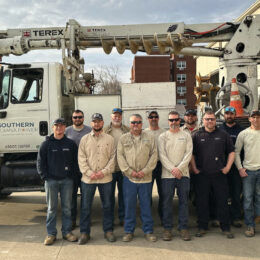
The surge protector shown provides protection from inputs including cable, satellite, antenna, phone and ethernet connections.
A flash of bright light followed by a boom that can shake the walls of your home is a clear sign of severe weather. Lightning strikes can lead to fluctuations of energy to your home. That is why you should protect your electronic devices from power surges using proper safety equipment.
A simple way to suppress power surges is to use a device called a surge protector. Often these devices are confused with power strips, so what is the difference?
Power strips help you safely add more electrical outlets. These devices do not help protect what is connected from surges.
Surge protectors add value. They allow you to safely add more electrical outlets and provide protection from power surges.
The protection these devices provide is shown through two ratings found on the back of the packaging.
The first rating is called “clamping voltage.” This is how much energy can enter the device before it starts to block or “clamp” unwanted energy. A lower number is better.
The second rating is called “joules.” This shows how much energy can be absorbed before the device fails. A higher number is better. If you don’t see these ratings displayed on the packaging, most likely you are not looking at a surge protector.
For improved protection, be aware that surges can be transmitted through other wires in your home, including phone, internet, antenna and cable connections. There are surge protectors that protect all of these sources.



